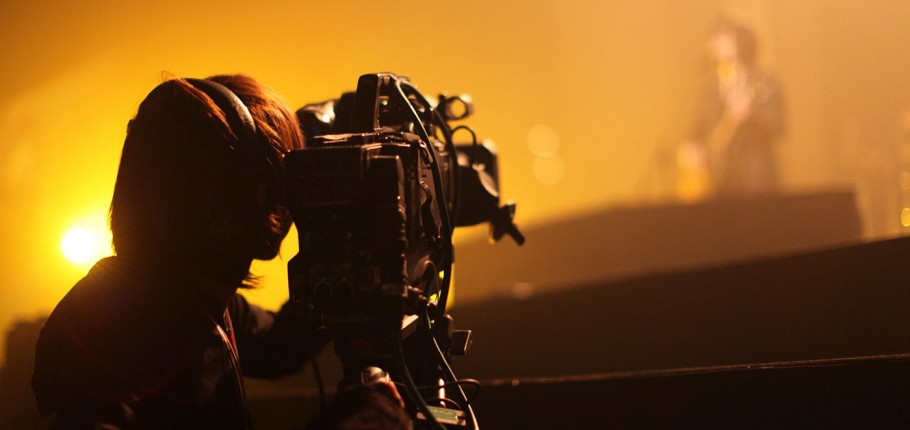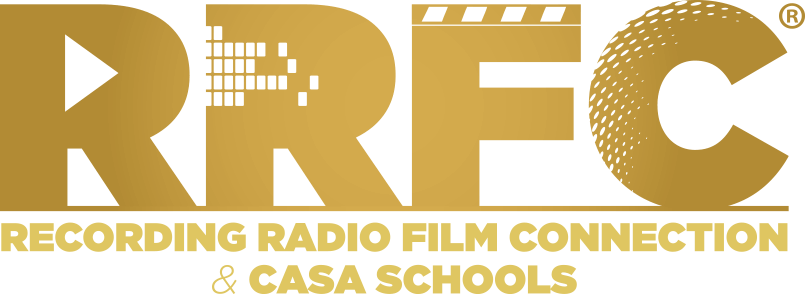
Filmmaking 101: How to Present Traditional Scenes in a Non-Traditional Format
Filmmaking is an ever-evolving art, a constant tug of war between the filmmakers and the audience. The people who make films are constantly attempting to present something new and unique to the audience that they’ve never seen before. And the audience is constantly saying, “Seen that before, show me something else.” As a filmmaker, you need to be constantly stretching and pushing the way you shape and mold stories so that your material will be fresh and new.
The medium of film is all based on one principle. Choice. What actor do you use? What camera angle. What lighting scheme? What music? Everything in film revolves around such choices. All of these choices must do one thing: service the story. They must all work to make it more compelling or dynamic and push things forward.
When making a film you have an arsenal of established tools you can pull from. These angles and shots will help you communicate instantly with the audience. They’ll help you establish mood, tone and atmosphere in the narrative you’ll be telling.
Wide Shot
A wide shot can be used to establish where characters are within in a space. It can also be used to convey isolation, loneliness and solitude. Wide shots are always used at the beginning of a scene. So, experiment. What if you shot the whole scene in a wide? What if you were to start wide and get closer with each successive shot?
Full Shot
A full shot means that the actor’s full body is in frame. Most commonly, this shot is used to frame up and provide context for where the characters are in a scene. Use it as the establishing shot, and you can convey a sense of claustrophobia.
Medium Shot
Usually this shot is from the waist and up. This is generally used for a scene where characters are delivering lots of dialogue. Having the camera move during a medium shot will provide more visual interest.
Medium Close-up
This shot is generally aimed at upper chest area of an actor. It captures what’s going on and what’s being said without seeming as intimate as a close-up. Documentaries featuring various experts on a certain subject often use the medium close-up shot throughout as do many entertainment talk shows. Starting with a medium close-up and going to a full or wide shot can jolt a viewer’s awareness. This can be particularly effective in comedy when a character may look quite natural at close proximity but the larger shot reveals they’re in strange surroundings or are completely out of place.
Close up
This is the closest traditional shot. It is most commonly used when you want to convey a character’s emotion to the audience. Seeing the squint of an eye, the frown of a face, maximizes the emotional intensity across genres from psychological thriller to horror to romantic drama. Close ups are usually only used in dialogue-centric character moments or for small inserts in action sequences. So in the name of experimentation, what if you shot a whole scene with the close up? How would that change things? How would you do it?
Tracking shots
When you have the camera and the actors moving, tracking shots are very important. They let the audience move with the characters as opposed to viewing them from a single vantage point. Where’s the least likely point in your script to have a tracking shot? How does putting in a tracking shot there instead alter the story?
Dutch Angles
Dutch Angles are used when attempting to give things a sense of dynamic perspective and theatricality. Want to disorient the audience? Want to impart a sense of dread? Want to show the tumult of a rugby match? Dutch Angles are the way to go.
Low Angle
Shooting actors from beneath is a great way to spark the audience’s interest and can make things seem mysterious. Have a scene where the antagonist enters the secret lair with plans to unleash the deadly toxin to the masses? Shoot him at a low angle, starting with his expensive shoes and gray marble floors. People will cue in knowing something is about to happen.
Over the shoulder/ Reverse angles
When shooting a scene with two characters talking to each other it’s important to get both halves of the conversation so that you can cut back and forth between them. This way you can create a rhythm within the edit as well as the actor’s performance. Increasing or minimizing the back and forth cuts can change the tone of a conversation and increase tension.
Making a film is exceedingly difficult. The only way to improve is to get up and do it over and over again. The real truth of the matter is that learning how to make films requires making films, experimenting, and growing in the process. Learn more at Film Connection. Think about the story you want to tell, the mood you hope to convey, both as a whole and scene-by-scene. Then, consider all the various shots at your disposal. Often conventional i.e. traditional shots will be the smartest choice but changing things up at a few key places can do lots to spark the audience’s interest and capture something different in the narrative you’re telling.



